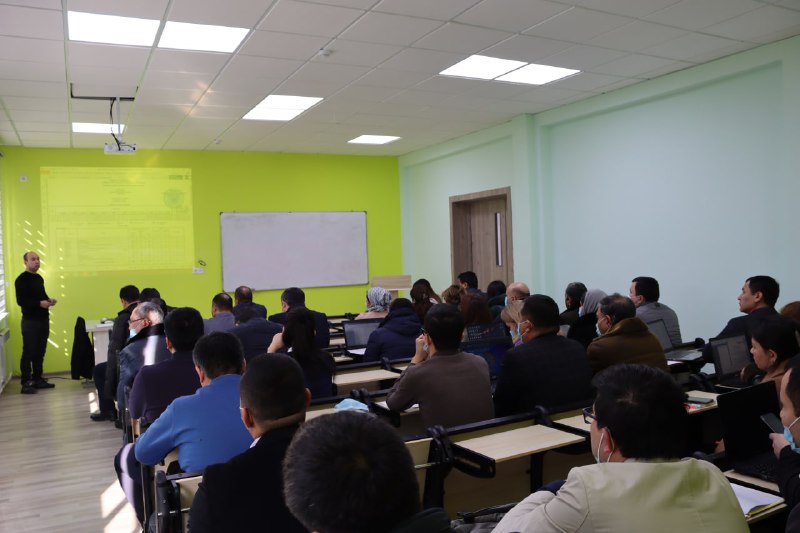
On January 12, 2022, the Deputy Dean for Academic Affairs I. Shukurov gave a lecture on "Planning and organization of the educational process in the credit-module system and the opportunities and problems of the credit-module system."
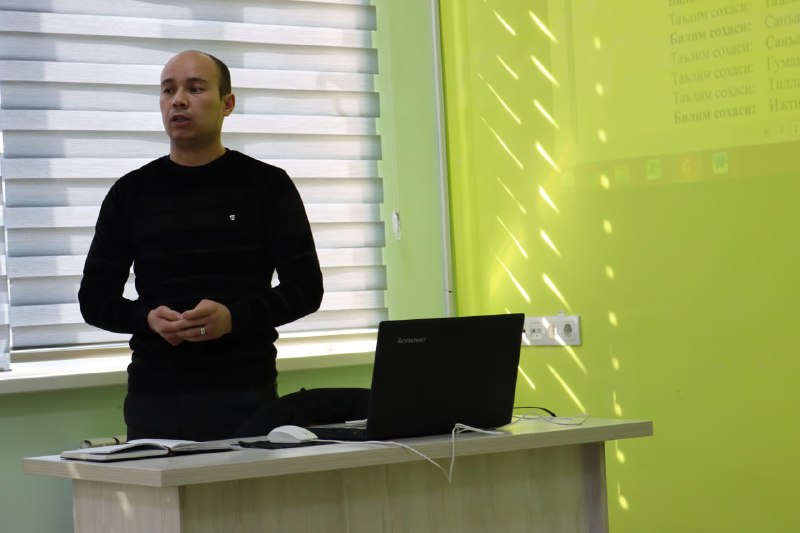
The credit-module system is a process of organizing education, which is a model of assessment based on a set of modular technologies of teaching and credit. Carrying it out as a whole is a multifaceted and complex systemic process. The credit-module principle focuses on two main issues: ensuring the independent work of students; assessment of students' knowledge on the basis of ratings. The main tasks of the credit-module system are: modular organization of educational processes; determine the value of a single subject, course (credit); assessment of students' knowledge on the basis of rating points; allow students to create their own curricula individually; increase the share of independent learning in the educational process; ease of training programs and the possibility of change depending on the demand for specialists in the labor market. The above is not only to conduct teaching on the basis of innovative educational technologies, but also to study independently of the student, to take a new approach to education, to acquire the necessary and in-depth theoretical knowledge based on the demands of the labor market , training to form practical skills. In short, the system is focused on the professional development and maturity of the student. It is aimed at ensuring the lifelong learning of the scientist and the formation of human capital that can meet the labor market and modern requirements. Let's take a brief look at the concept of module and credit. A module is a part of a curriculum that covers several subjects and courses. It is a set of several disciplines (courses) aimed at developing students' knowledge and skills, the ability to think analytically and logically. The teacher organizes the learning process, gives live, video and audio lectures, coordinates and monitors the student's activities. The student will study the topic independently and complete the assignments. According to foreign experience, the educational process in the credit-module system consists of 2-4 modules per semester. The disciplines included in the module are easily formed from complex theoretical to practical sciences and on the principle of logical complementarity. In order to become a professional, a student needs not only information, but also the ability to process it and put it into practice. Module-based curricula are developed on a case-by-case basis and include: full disclosure of learning objectives and tasks; Requirements for the qualifications of the student to be acquired at the beginning and end of the subject (course); a summary (syllabus) of each subject included in the module, ie topics of lectures, plans of seminars and practical exercises, assignments for the assessment of independent learning; Summary of teaching: methods and tools of teaching; methods and forms of knowledge assessment. The module-based teaching system uses a rating system to assess students' knowledge, skills and abilities. It assesses all of a student's learning activities, including in-class and out-of-classroom learning. Credit is a measure of the student's workload (time) spent studying and mastering a subject in a particular field of study or program (course). A credit is a minimum amount of time set by a normative document for a student to study in an auditorium and independently, usually for one week. Credit is given to a student after completing the assignments in a particular subject and passing the final exam. Each student must collect credits in order to receive a diploma in their chosen field and specialty in the future. Accumulated credit will help the student to improve his / her skills or get a higher education throughout his / her life. In economic terms, the accumulated credit becomes the student's academic "asset." Credit technology gives learners the right to choose the elective subjects included in the working curriculum, thereby directly participating in the formation of an individual curriculum. They are given the freedom to choose not only subjects but also professors. Giving students the opportunity to choose subjects is a positive thing. It is also a measure of the value of learning. History and Reason Credit was first introduced in US universities in the 18th and 19th centuries to liberalize the educational process and to determine the student's weekly academic workload.
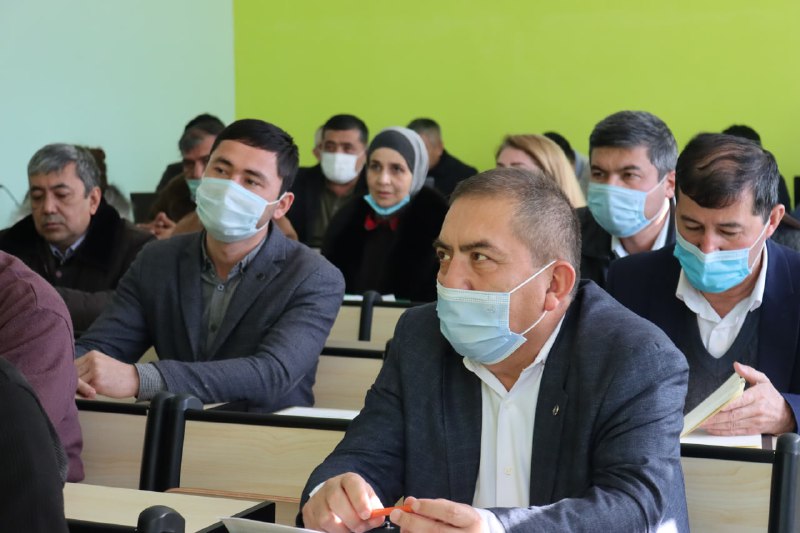
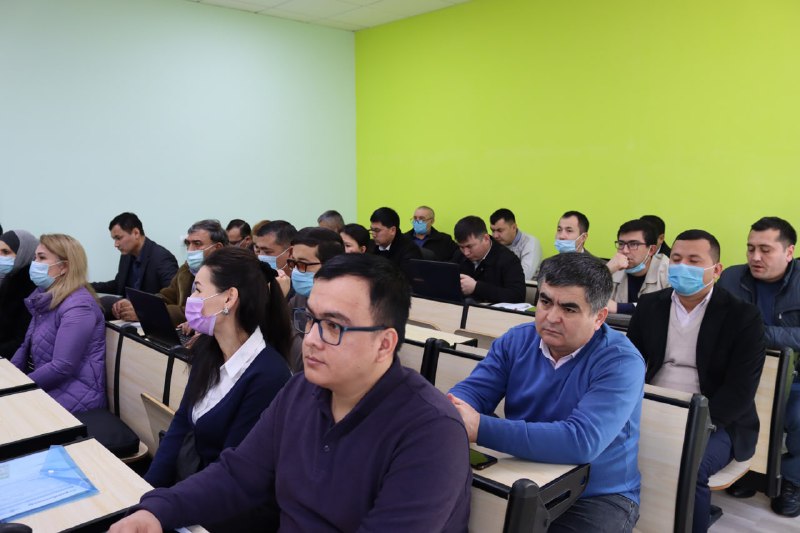
The student was not only not allowed to choose subjects and professors, but also to give up boring classes and study in the library. Student truancy was considered a serious loss, with warnings of more than 30 hours per semester and expulsions of more than 74 hours per semester. The student had to sit in the classroom, whether he liked the subject or the teacher, whether the knowledge was left out or not! So, in the traditional system, there was no material on what knowledge the student would acquire in the future, what professors would teach, the profile of the direction, the summary of the subjects. However, all information about the direction of education and specialties in all higher education institutions of developed countries, in particular, a brief syllabus of subjects reflected in the curriculum (identification of the subject, information about the professor, course description, purpose of science, learning outcomes, teaching methods, science plans, literature, assessment methods), professors and teachers conducting lessons in the field of sciences and their achievements, a summary of the specialist in the labor market requirements, ie information on how to have theoretical, practical knowledge, skills and professional qualifications will be made public on the official website of the university. At the same time, unfortunately, applicants find it difficult to find this information on the websites of our universities. It's time to dump her and move on. ECTS Requirements: First Steps As noted above, the first steps are being taken to move away from the negative aspects of the traditional education system and to organize work within the requirements of international standards. Currently, 33 higher education institutions of the country are actively working on the transition to a credit-module system. All forces are being mobilized to create this system. An example of this is the organization of seminars by the El-Yurt Umidi Foundation, which regularly conducts research and teaching activities in foreign universities, as well as by citizens who are familiar with the credit-module system. In addition, one of the members of the International Council of Experts under the El-Yurt Umidi Foundation has been appointed as an expert advisor to 10 self-financing universities. In order to fully implement these processes, the relevant departments of the higher education institution are being established. In particular, the Tashkent State University of Economics has a Department of Education Credit Management. This department has started work on the full transformation of all areas of education and specialties taught at the university into the ECTS credit-module system from the 2020/2021 academic year. Has the transformation process begun? According to preliminary estimates, the university has 15 weeks of study per semester at the undergraduate level and 6 weeks for certification (3 weeks per semester for exams). The number of study weeks in 4 years is 144, the certification is 24 weeks and the total number of holidays is 204 weeks. Curricula for all fields and specialties are divided into two parts at each stage: basic and elective. Based on the ECTS requirement, it is planned to impose on the student the obligation to collect a total of 240 credits over 4 years out of 60 credits per year. In this case, the student will have to spend 2880 hours for lectures, practical and laboratory classes and exams for 4 years, 4320 hours for independent study, a total of 7200 hours. In our example, 1 credit = 12 academic hours + 18 hours of independent study. Therefore, 1 credit is considered to be equal to 30 hours, and the student's weekly class load is equal to 20 hours. The amount of credit allocated for the internship is intended to be at the expense of the relevant subject or disciplines. What will change when you switch to the new system? The introduction of this system in higher education will improve the quality of teaching, ensure transparency, eliminate corruption, reveal the true knowledge of the student, and create the basis for students to study and work independently. Today, the European credit system is practiced in almost all universities of the ancient continent. The introduction of a credit-module system is an important factor in the collaboration of teachers and students. In modular education, the teacher organizes, directs, advises and checks the process of mastering the listener. The student is independent of the target object
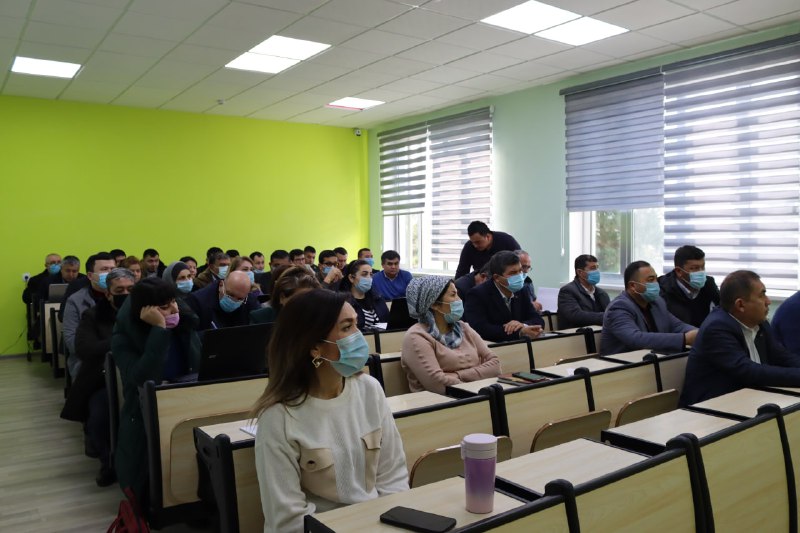
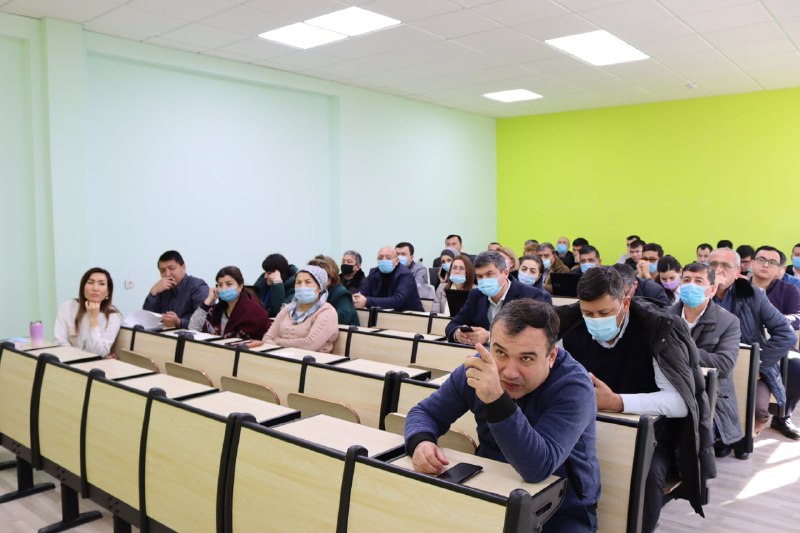
At the end of the seminar, participants received knowledge, skills and abilities, as well as the necessary information on the credit-module system.